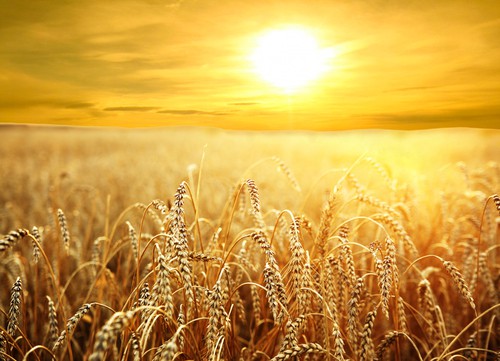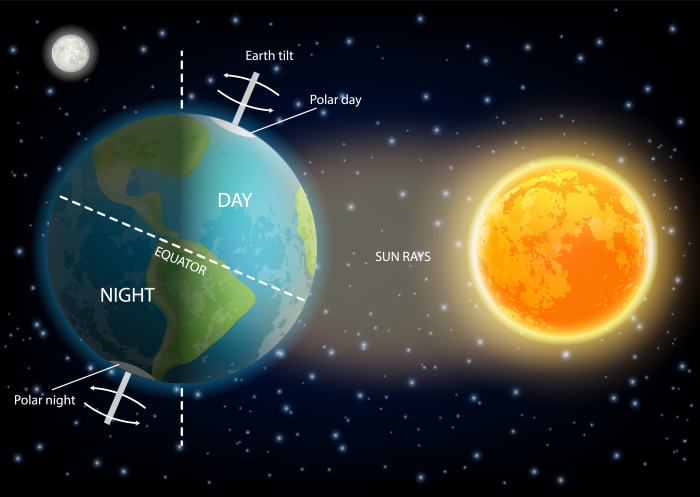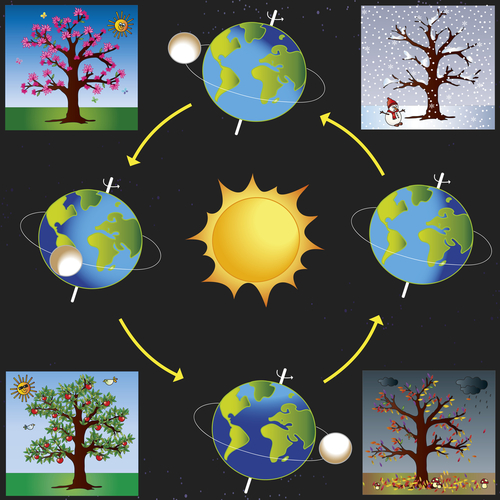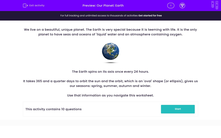Throughout the day, the Sun appears to move across the sky.
The Sun isn’t actually moving across the sky but as the Earth rotates, it makes it look as if the Sun is moving.

It takes the Earth 24 hours to spin on its own axis, which is why we get day and night.
When the part of Earth we live on is facing the Sun, we get day and when we’re facing away from the Sun, we get night.
Because of this rotation, it makes it look like the Sun is moving but the Earth is actually the one that is moving!
The Earth moves very slowly, so we don’t actually feel like we are spinning all of the time.

As the Earth rotates, it looks like the Sun rises in the east of our sky and sets in the west of our sky.
As the Sun appears in different positions in the sky, it affects the size of our shadows.
Next time you’re outside on a sunny day, make sure you look at the size of your shadow.
.jpg)
Before the clocks we know and trust were invented, people used to use shadows to help them tell the time.
A popular type of shadow clock is the sundial.

The Sun’s light creates a shadow on the sundial which lines up with a time on the clock.
They aren’t as helpful at telling us the time in minutes but you could roughly work out half past as the shadow would be halfway between two hours.
As well as rotating on its own axis, the Earth orbits the Sun. This takes 365 days (a year).
The Earth’s orbit around the Sun causes seasons to happen as at different points on its orbit, we are tilted closer or further away from the Sun.

In the winter, our days are shorter because the part of Earth we live on is tilted away from the Sun, so we get fewer hours of sunlight.
In the summer, our days are longer because the part of Earth we live on is tilted towards the Sun, so we get more hours of sunlight.
In this activity, you’ll be asked questions about what you have read here about the Earth and Sun.
You can look back at this introduction at any point by clicking on the red help button on the screen.
.jpg)







